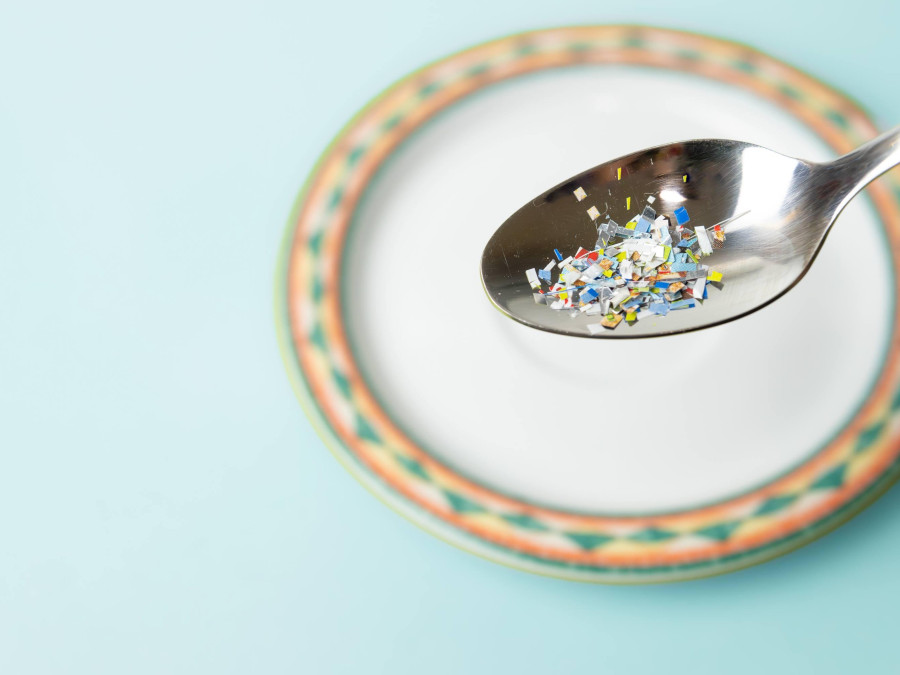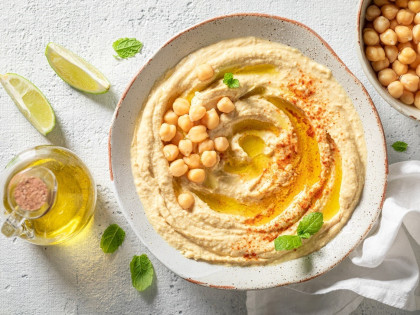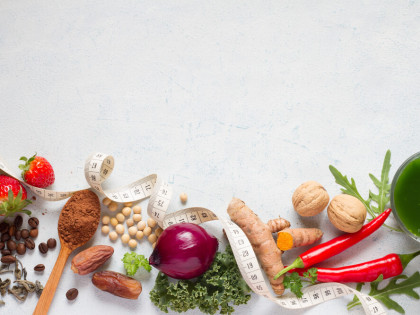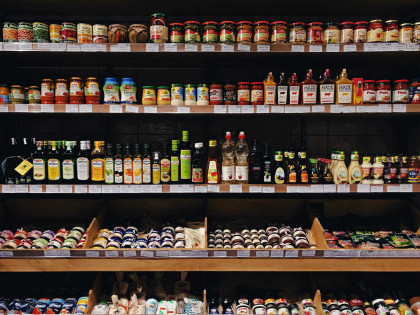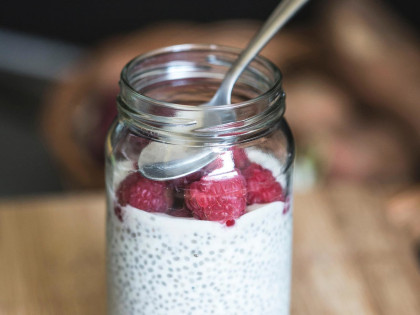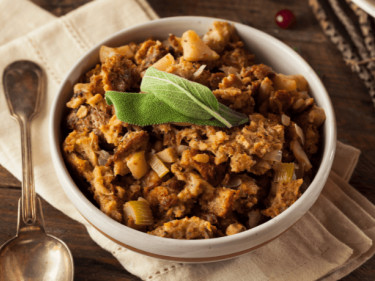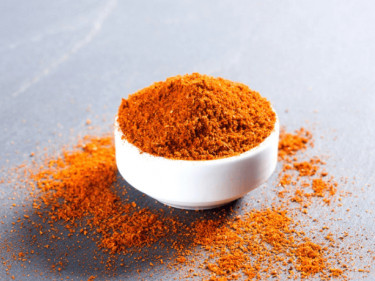Plastics are everywhere and almost impossible to avoid. They are lightweight, durable, and cheap to produce, making them prolific in modern life. While plastic production and pollution is damaging our environment, the impact of plastics on our health is less clear. We often hear about microplastics in the media, but many people don’t know what they are and how they get into our bodies.
What are plastics?
Plastics are made from carbon-based polymers, with 98% being made from fossil fuels. Plastics can breakdown into microplastics (which you can see with your naked eye), nano-plastics and chemical additives, such as bisphenols (e.g. BPA) and phthalates. There are about 16,000 different types of chemicals added to plastic during production, and it is estimated they make up about 70% of the weight of plastics.
Health impacts
Commonly used plastic chemicals, such as BPA and DEHP, have been well researched and have endocrine disrupting properties. Exposure to these endocrine disrupting chemicals has been linked to increased risk of obesity, cardiovascular disease, infertility and some cancers.
While the science is not yet clear on how reducing plastic exposure can improve our health, we know that the industry is moving faster than the science, creating new types of plastic chemicals (e.g. BPS, BPF) that have not yet been researched in depth and are not regulated.
How do plastic chemicals enter our body?
Plastic chemicals can enter our bodies through the food we eat, the products we put on our skin and the air we breathe. While they are impossible to avoid completely, food has been found to be a major source of plastic chemicals, and there are things individuals can do to reduce the amount of plastic chemicals they consume.
It is important for people to remember that plastics currently play an important role in providing safe and affordable food to many people, especially people living in rural and remote communities. However, tighter regulations and policies are needed to make reducing plastics more affordable and achievable for all Australians.
Plastics in food
Plastic chemicals can get into our food from the fertilisers used in soils, the plastics used in the transport, processing, and packaging of our food, and even from how we prepare and cook food at home. However, there are steps people can take at the supermarket, when eating out, and in their homes to use less plastic.
Feeling overwhelmed? Here are five practical tips to reduce plastics in your kitchen.
- Switch to wooden chopping boards: Replace plastic cutting boards with wooden ones. If you are worried about meat, have a separate board just for meat and wash and dry it well after every use. Here's one that we like
- Use stainless steel cookware: Non-stick cookware can contain plastic chemicals, and heating plastic can help the plastic transfer into food. Stainless steel cookware is a plastic free and durable alternative (and they can often be found second hand in op shops!)
- Microwave in glass or ceramic: When reheating food, use glass or ceramic containers instead of soft plastic (e.g. pre-cooked rice in sachets) or hard plastic (e.g. Tupperware containers). A humble ceramic dinner plate with another plate on top is a plastic free, affordable option.
- Store food in plastic-free containers: Instead of plastic containers, use glass or stainless steel for storing leftovers, pulses or cereals. Old jam or passata jars make great alternatives.
- Swap your water bottle: It’s great for the environment to have a reusable water bottle, but next time you replace yours, try choosing one made of steel or glass instead of hard plastic.
The PERTH Trial
The Plastic Exposure Reduction Transforms Health (PERTH) Trial at the University of Western Australia, is investigating the impact of plastics exposure on the health of Australian adults. Stay updated by visiting https://www.uwa.edu.au/projects/the-perth-trial
Thank you to Dr Amelia Harray for providing the information in this article.
Listen to Dr Amelia Harray talk about ‘Are there microplastics in my food and does it matter? #SpoilerAlert - Yes and Yes’ on Nutrition Science Bites with Prof Clare Collins HERE.



